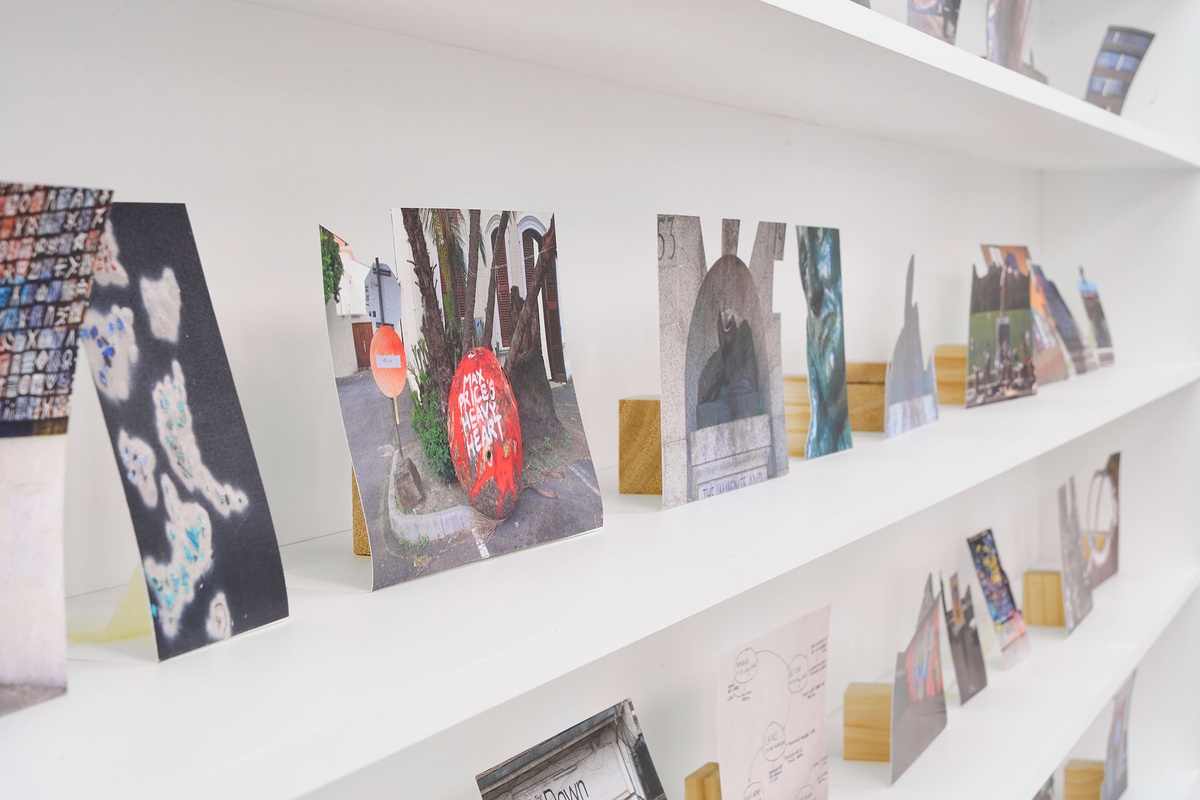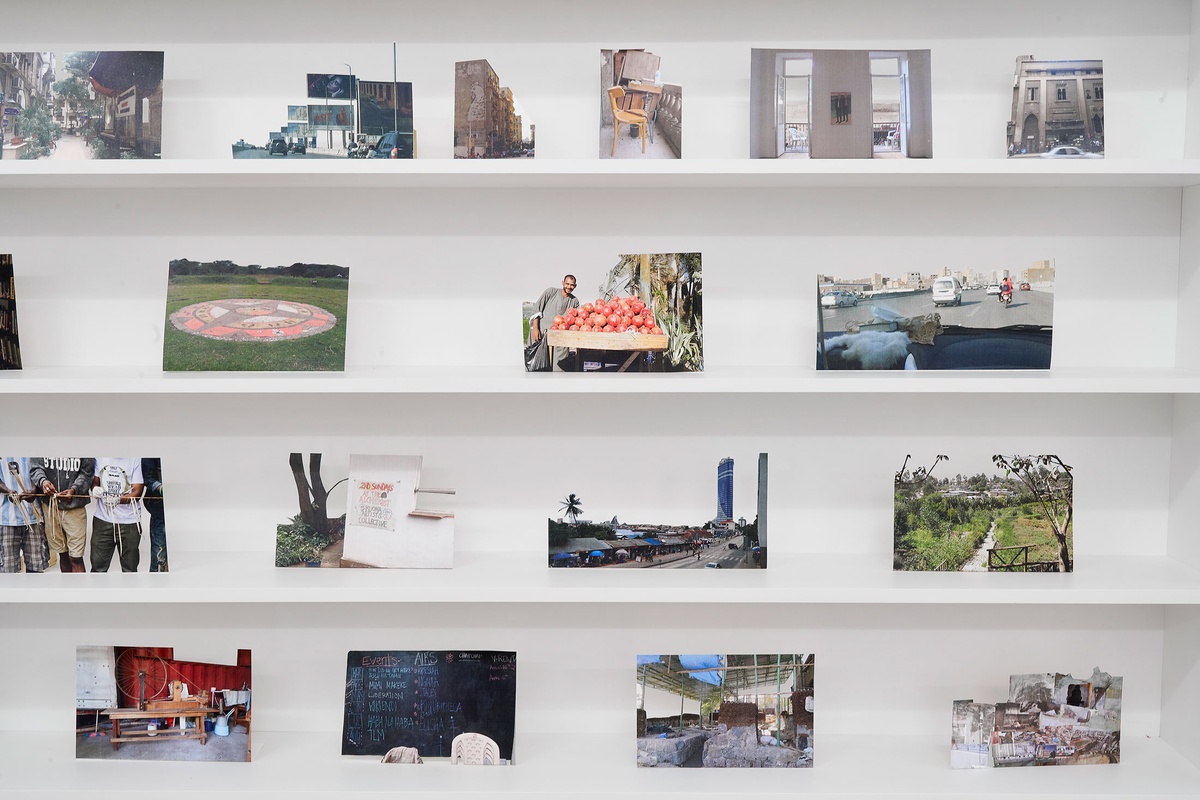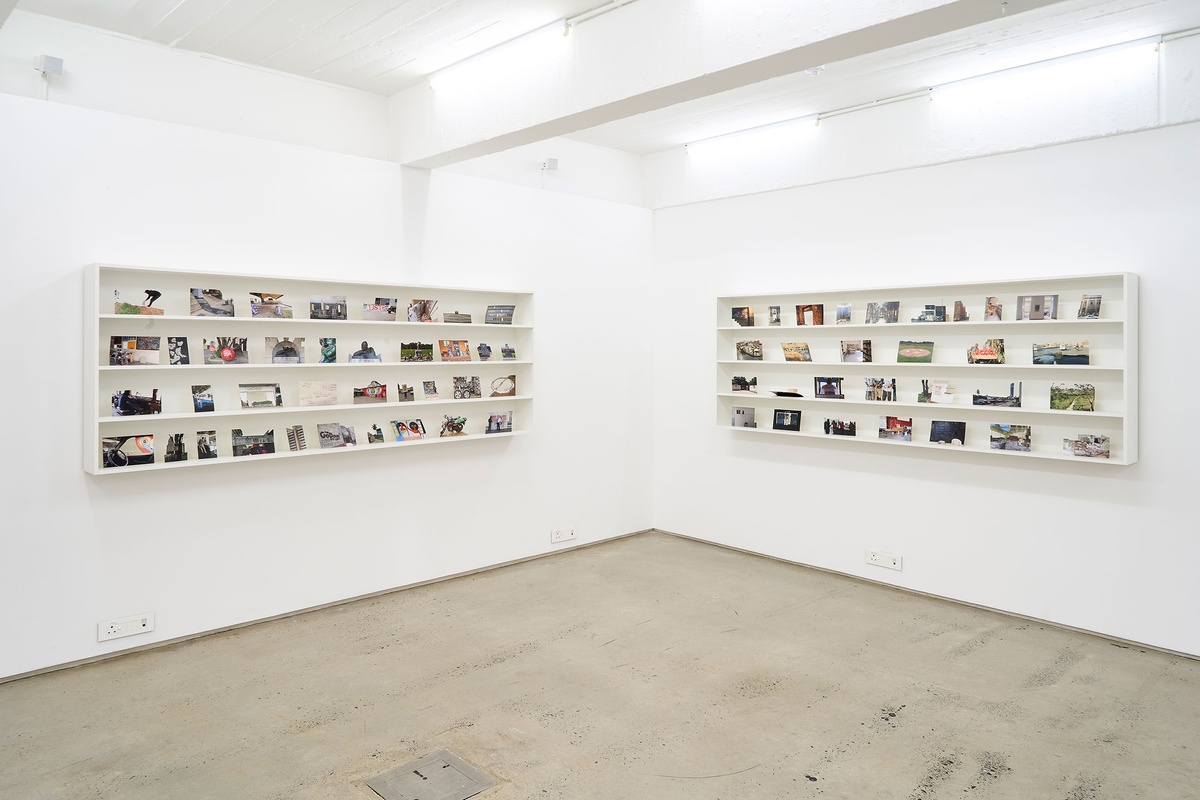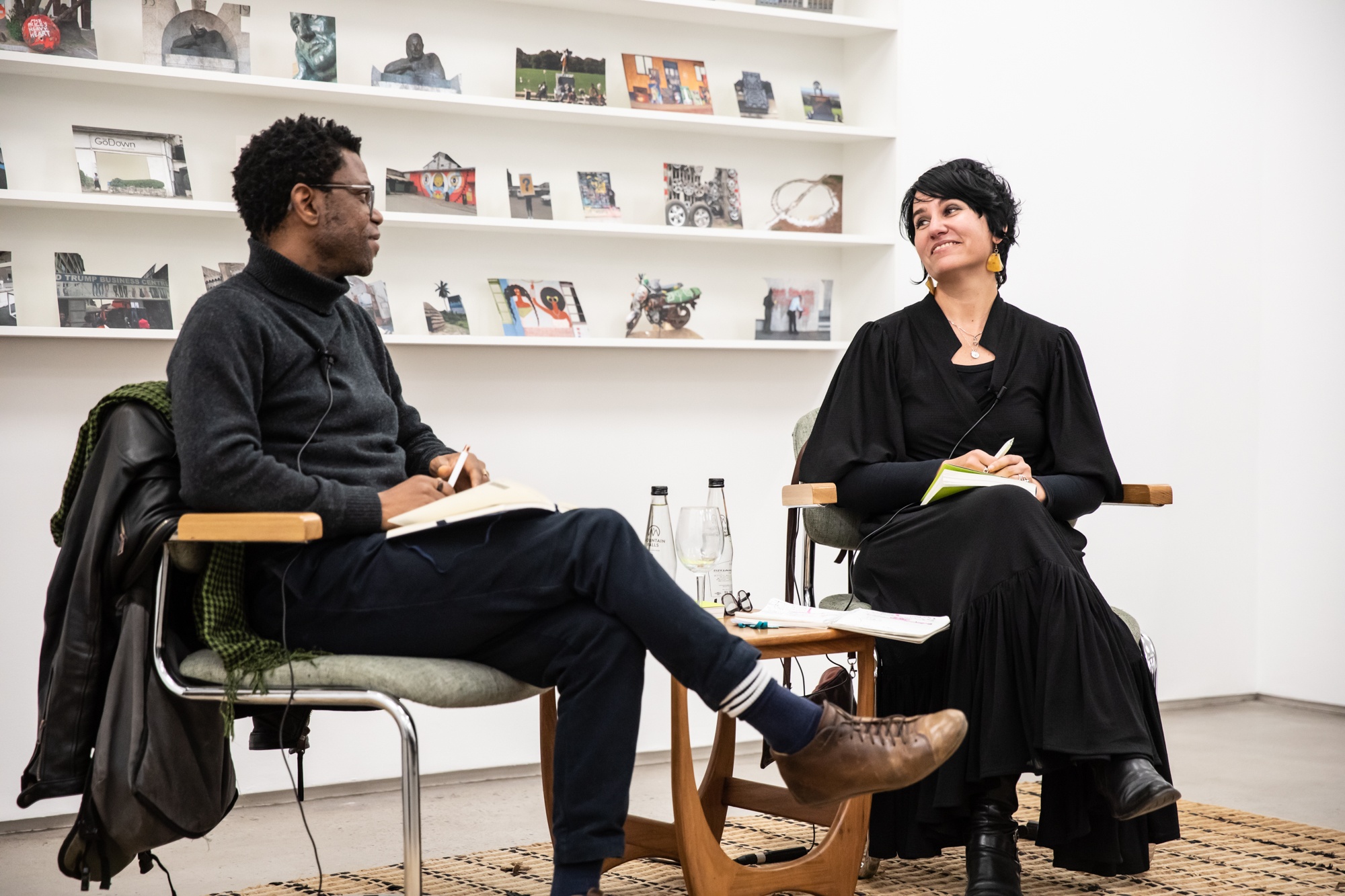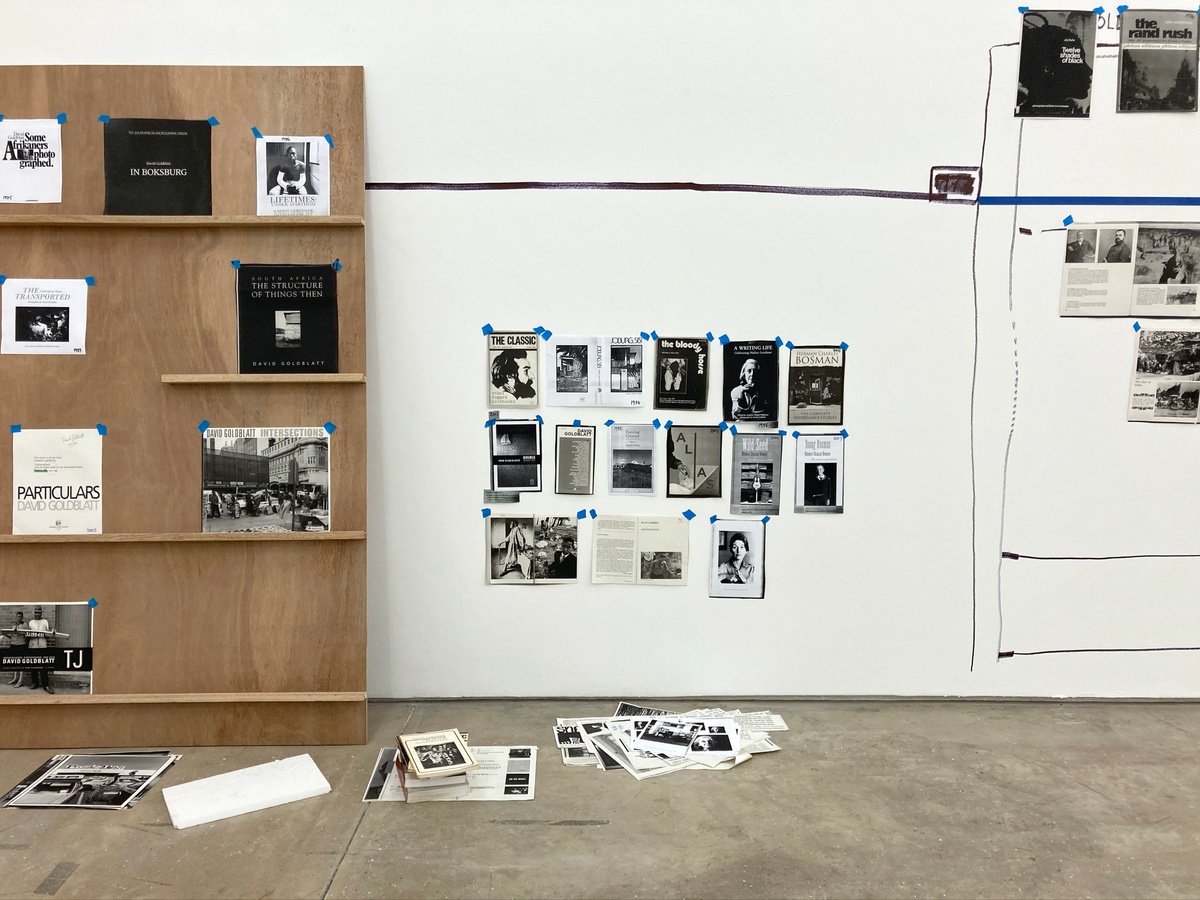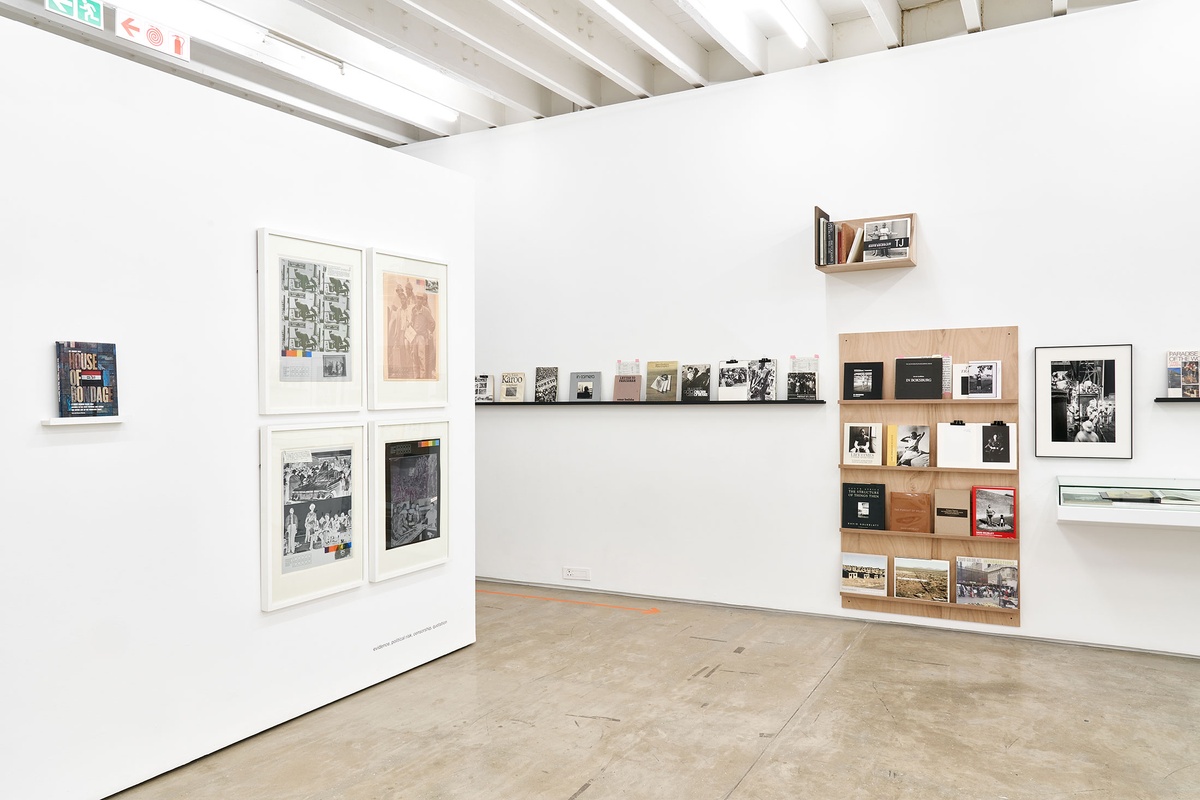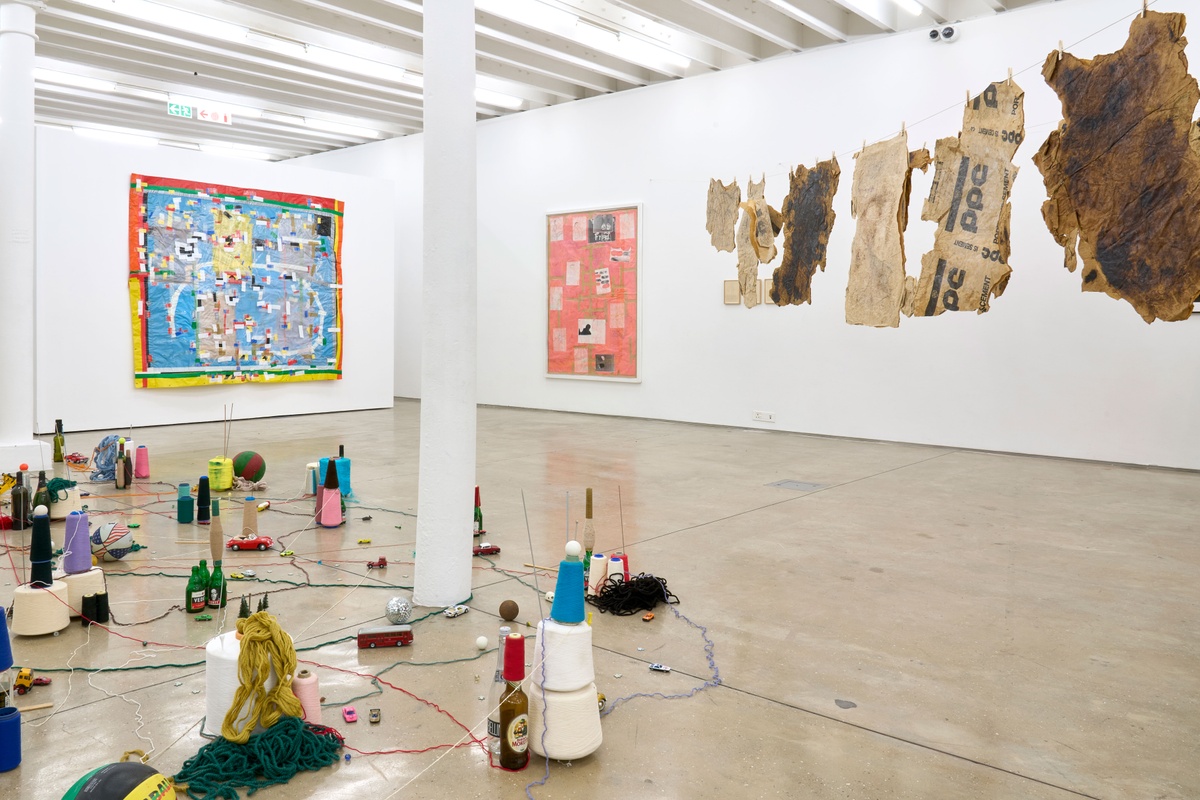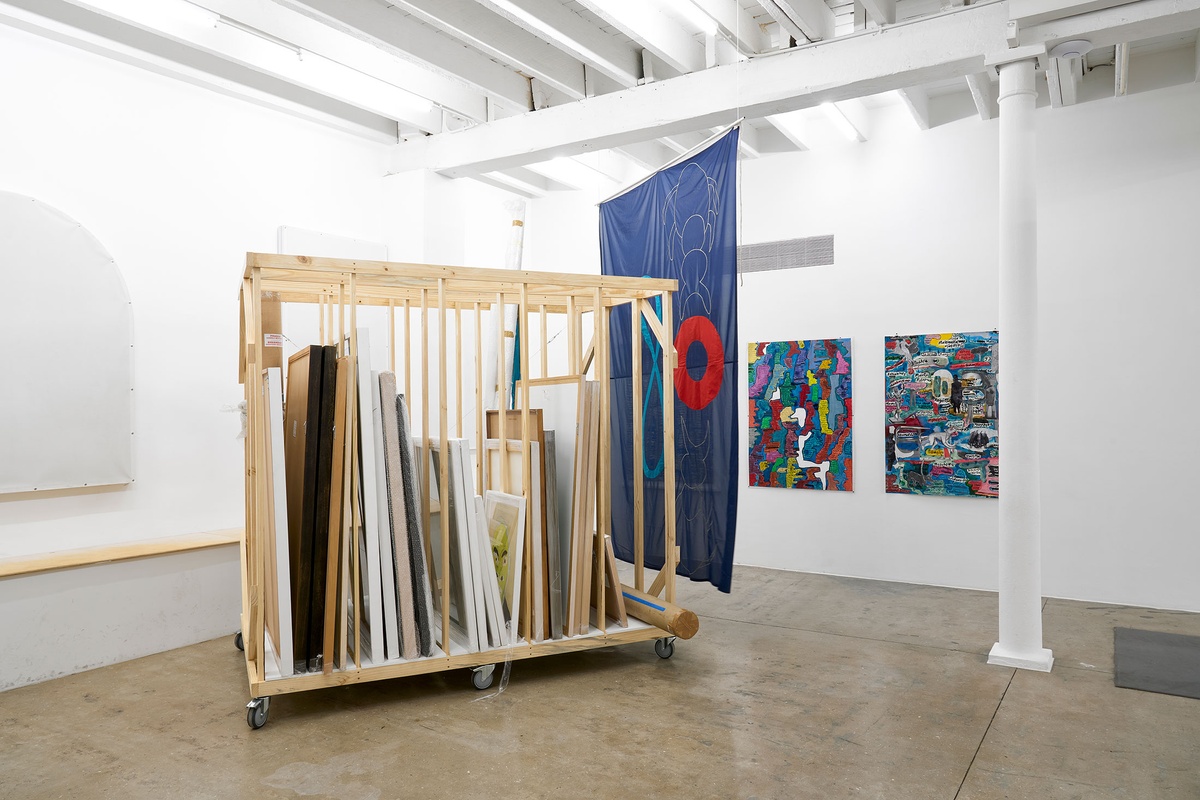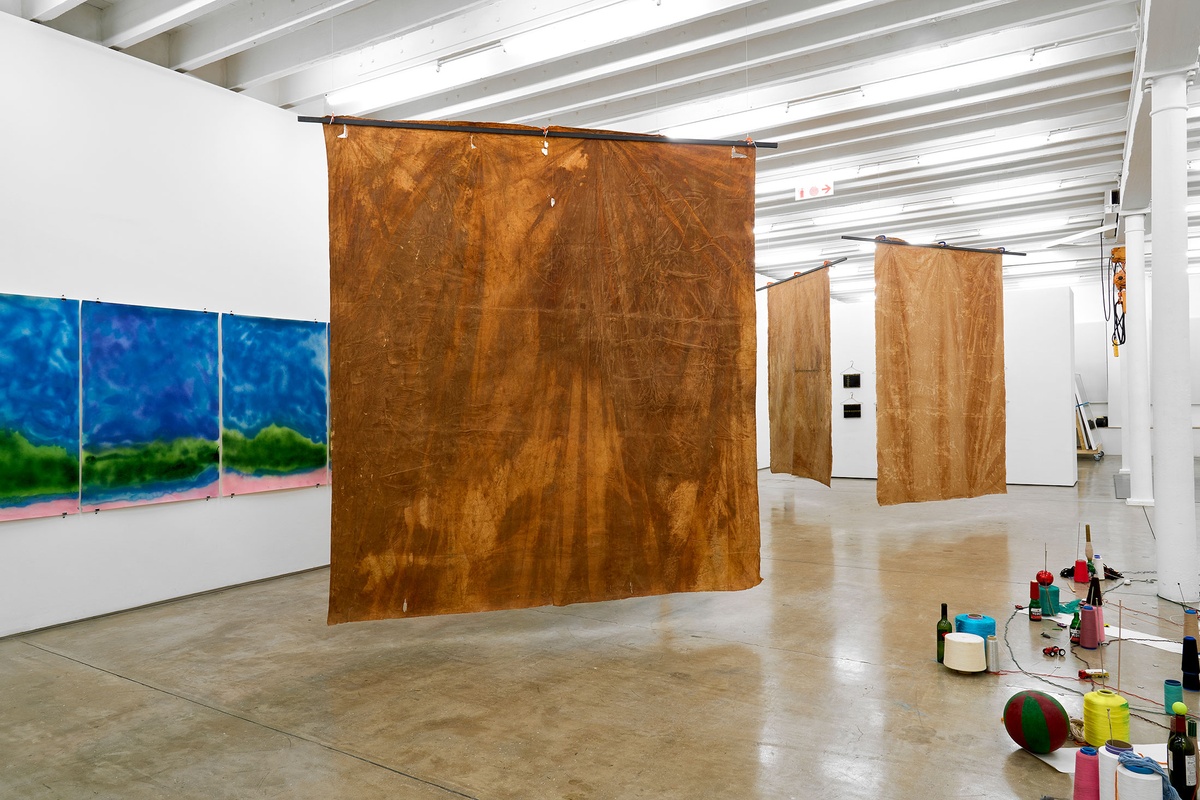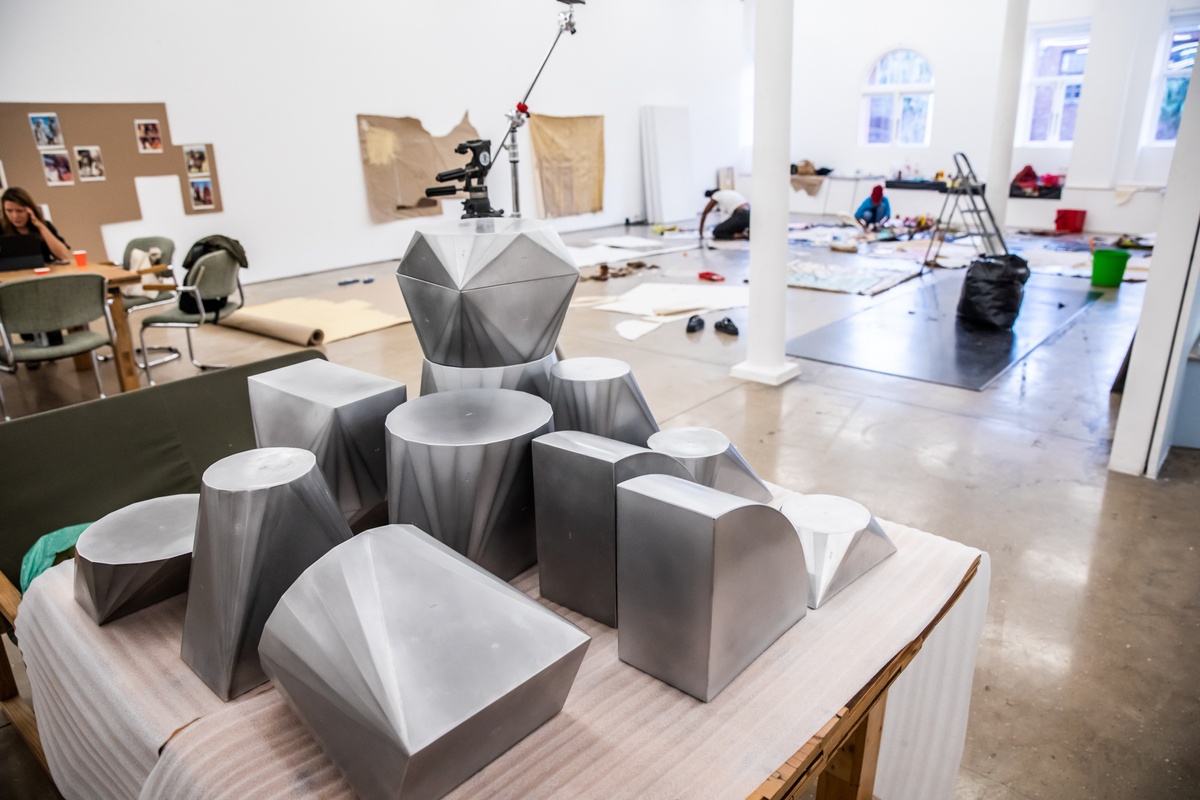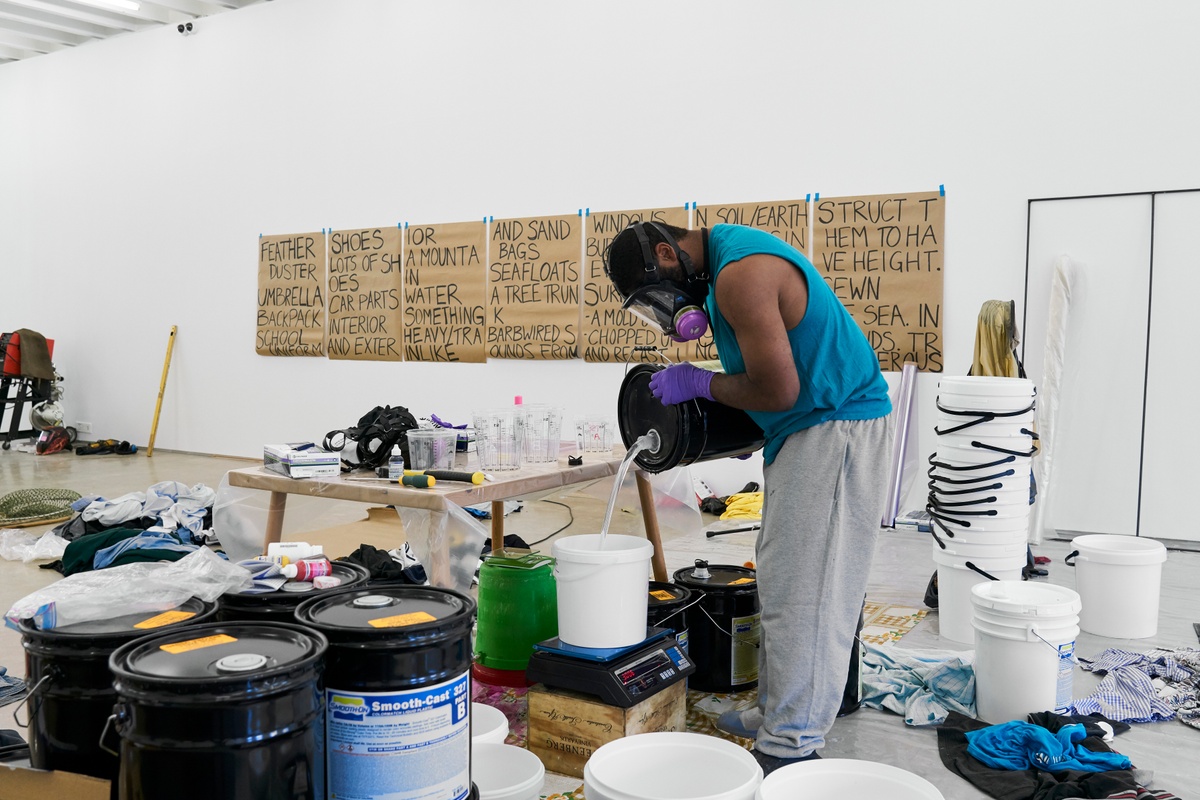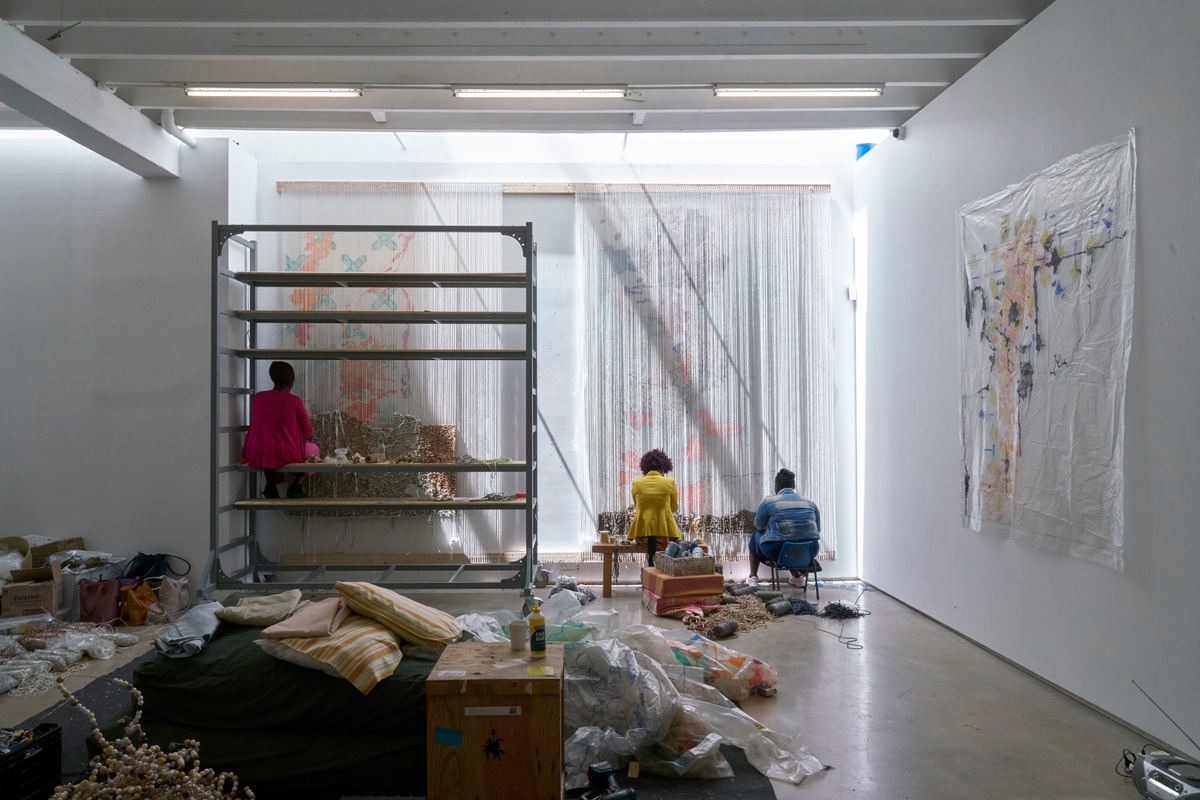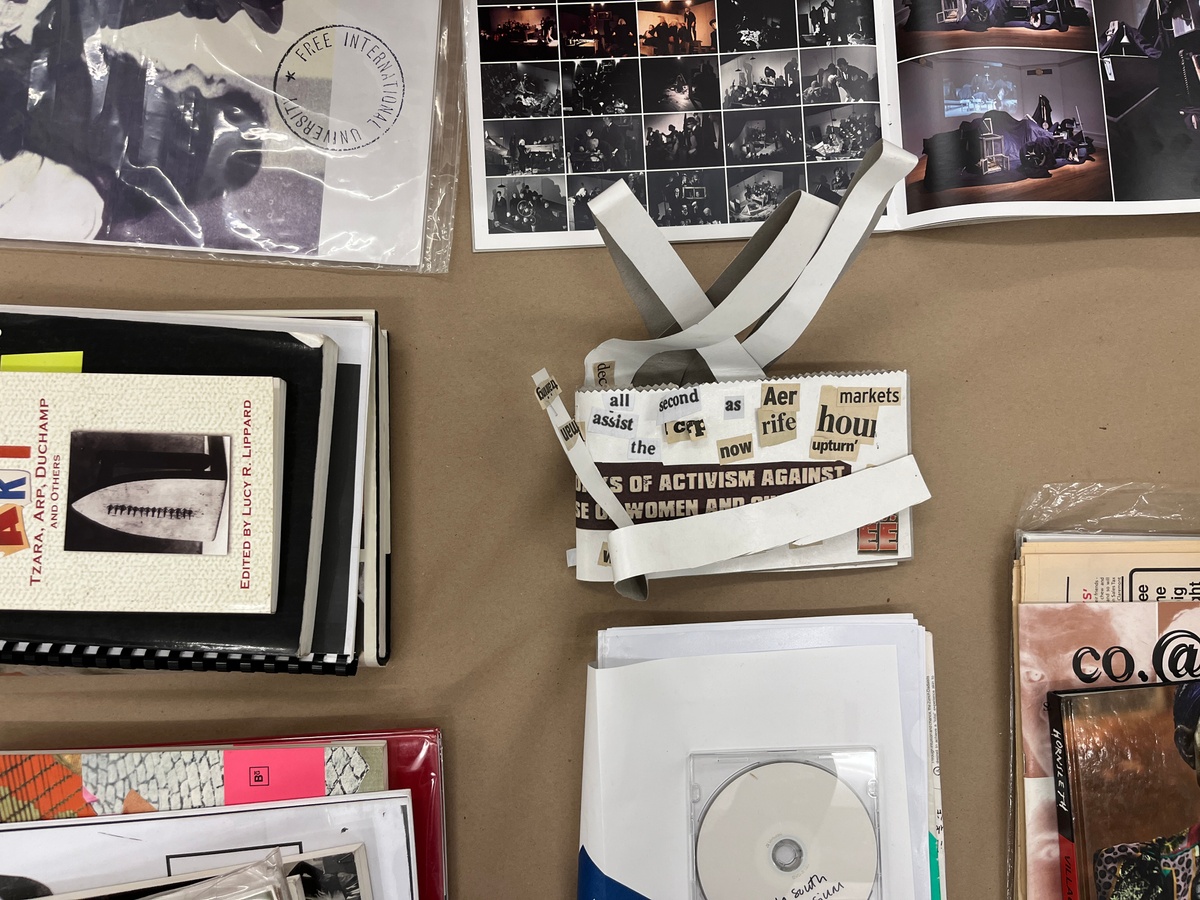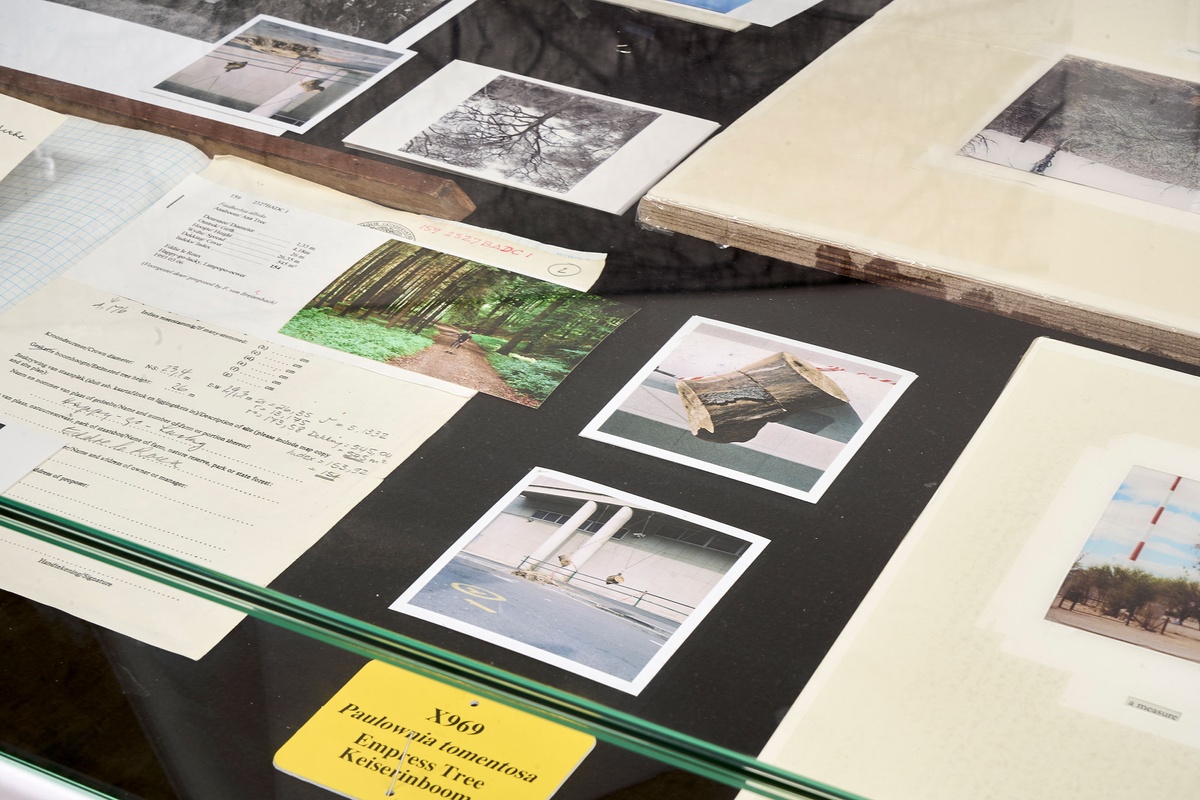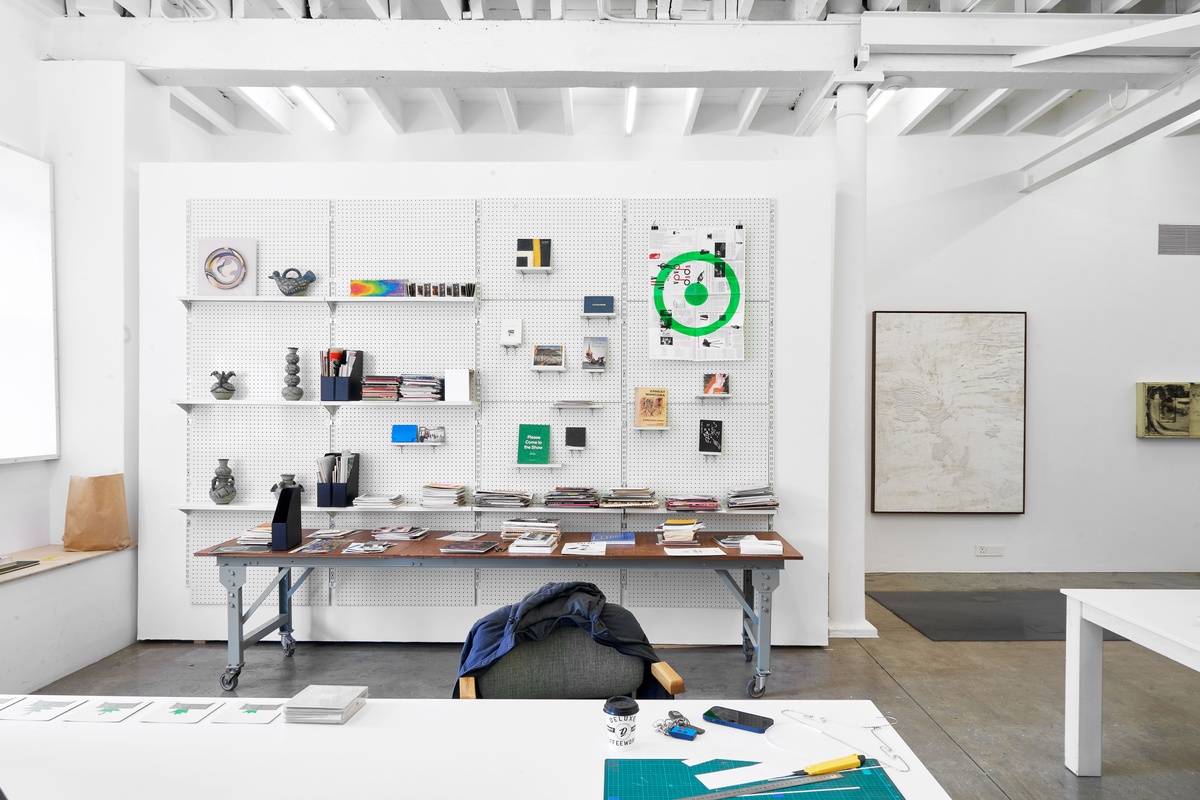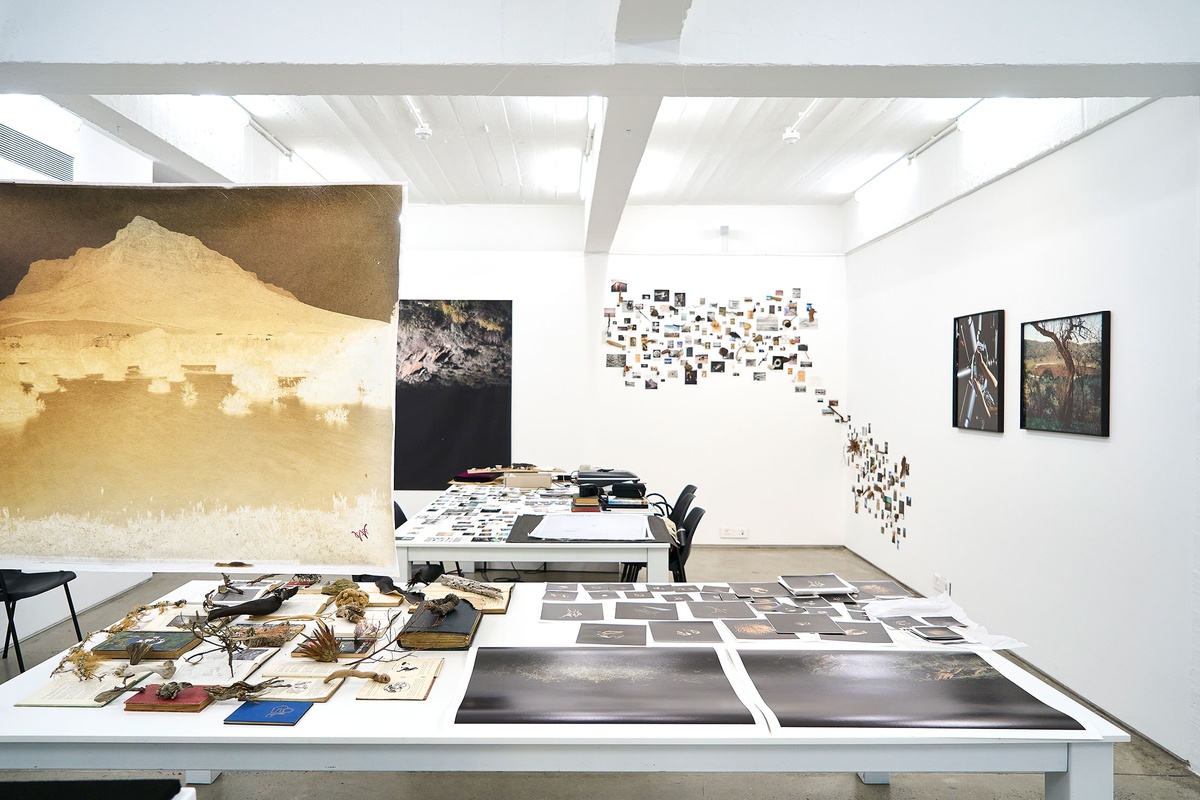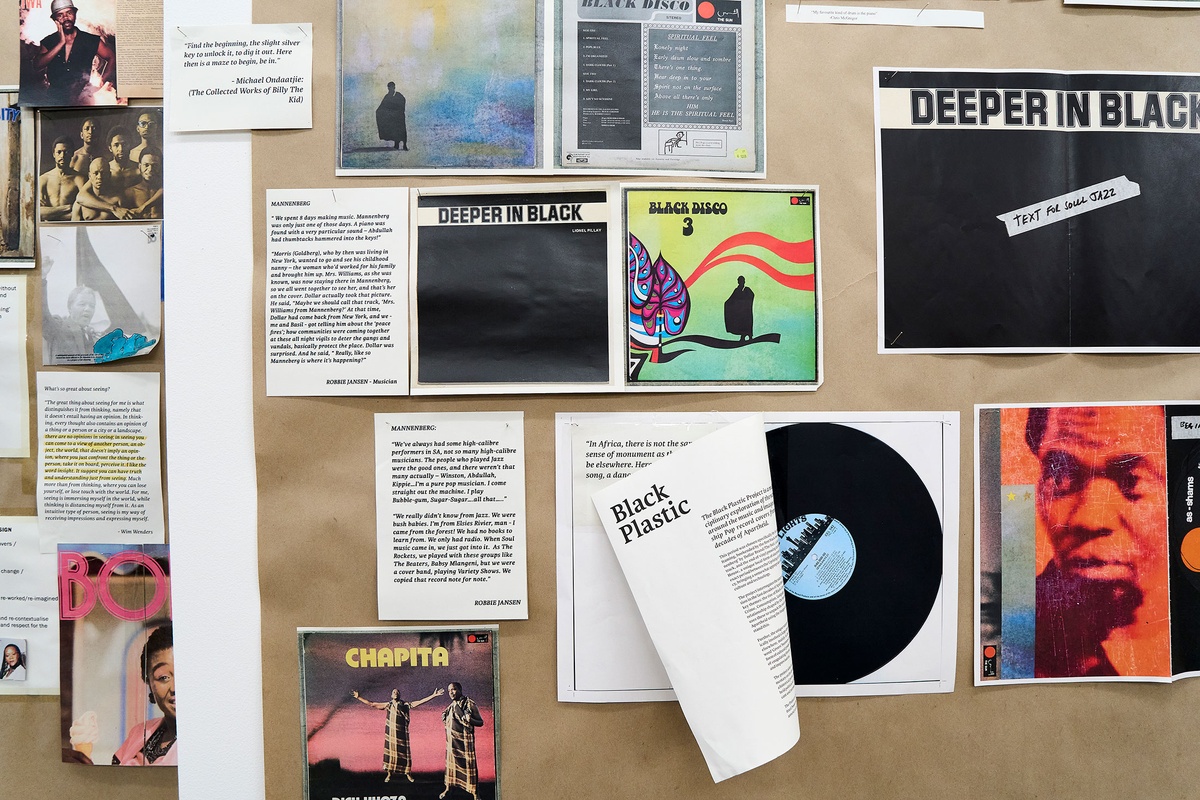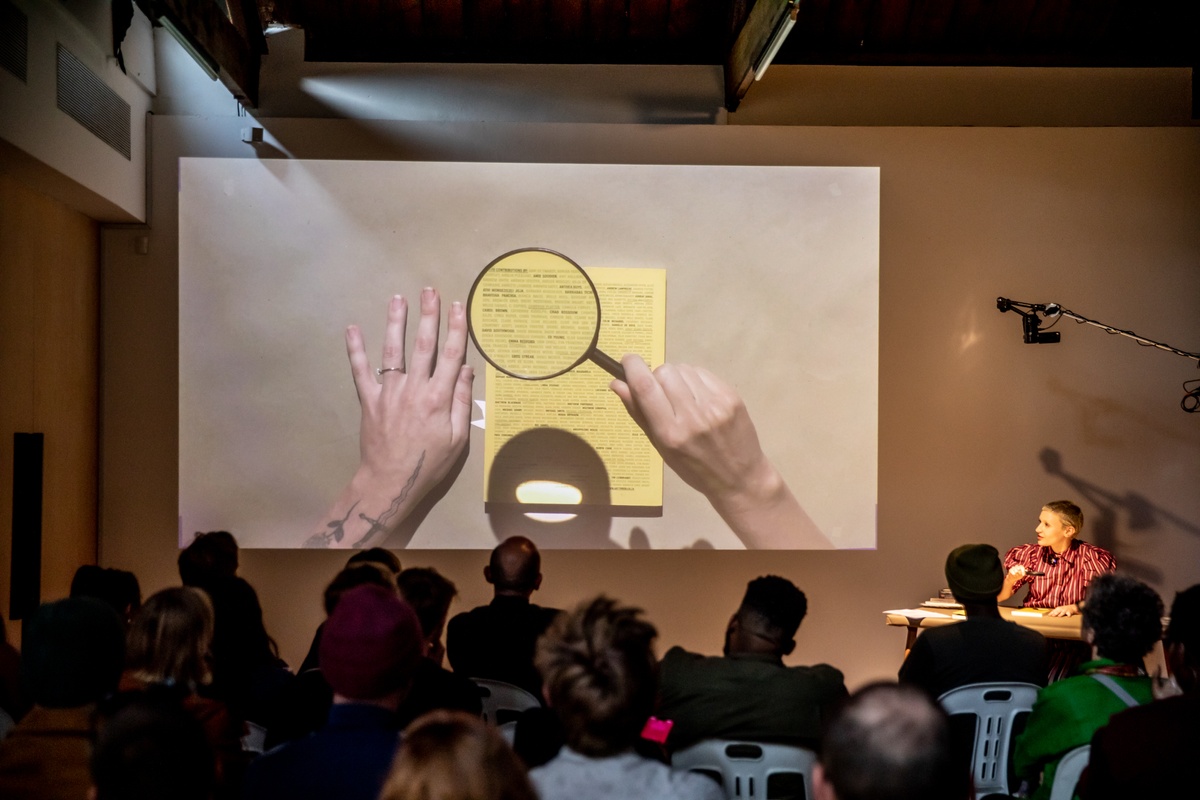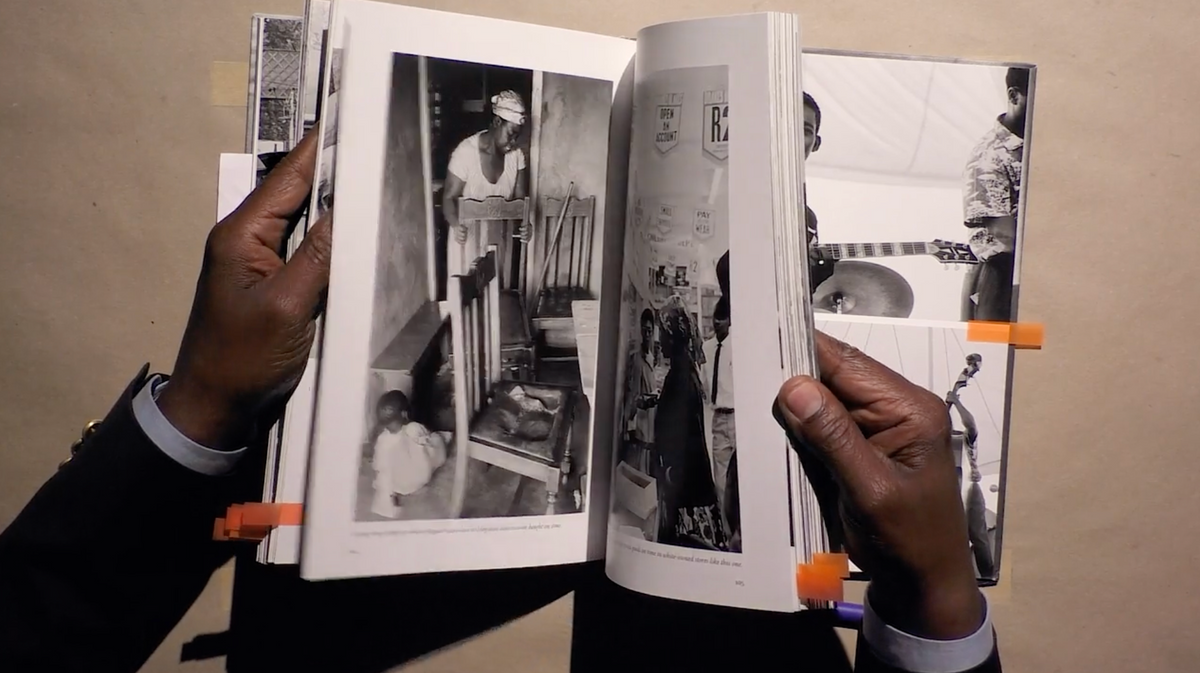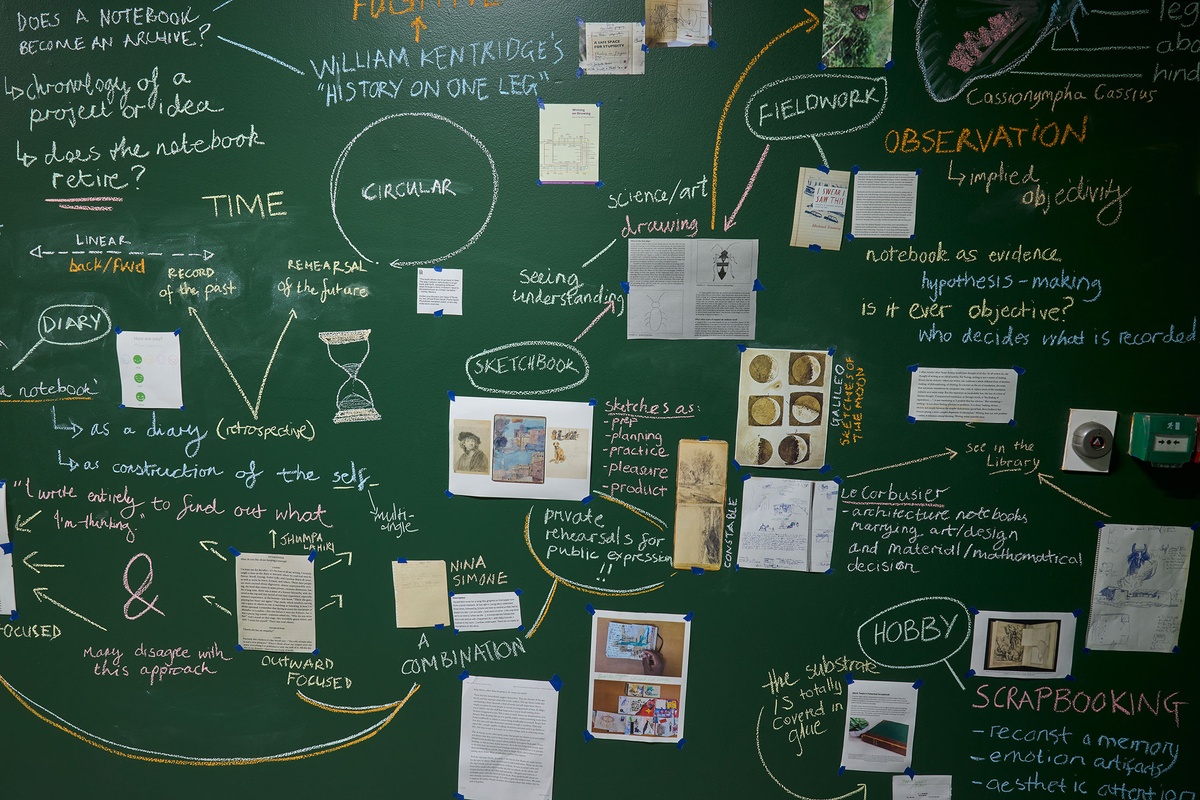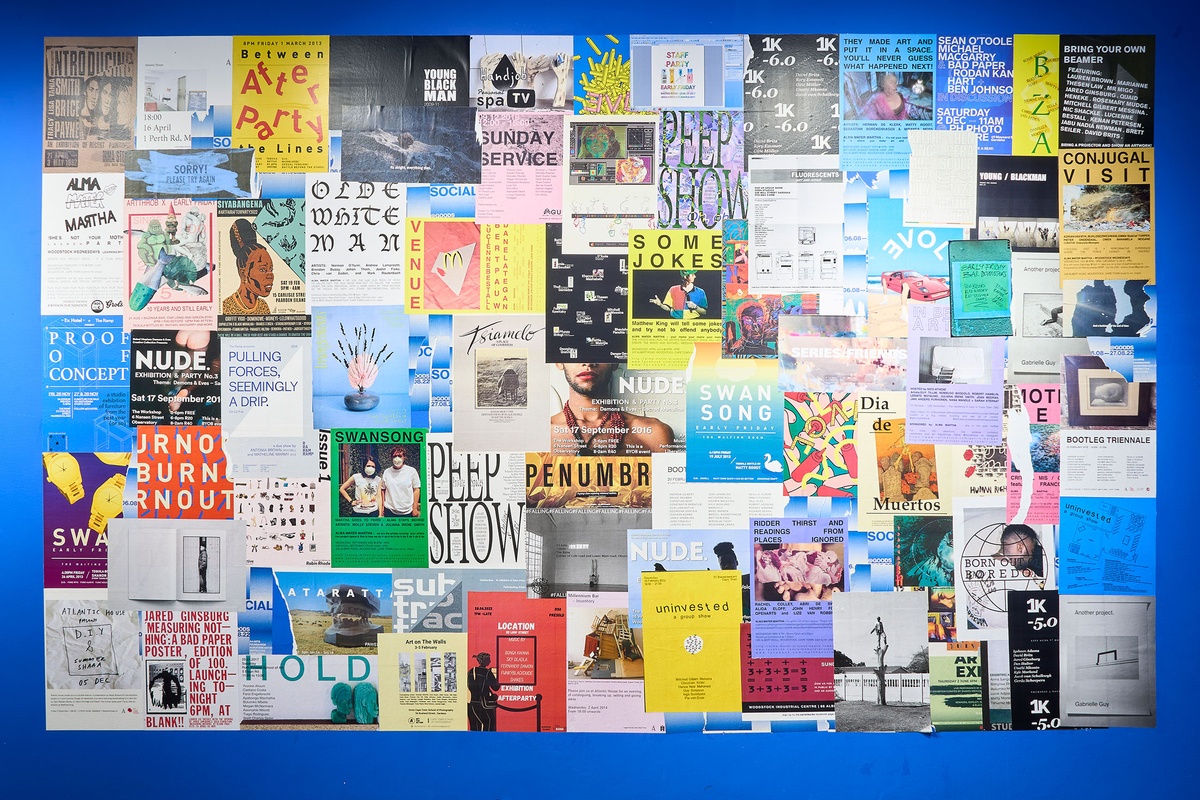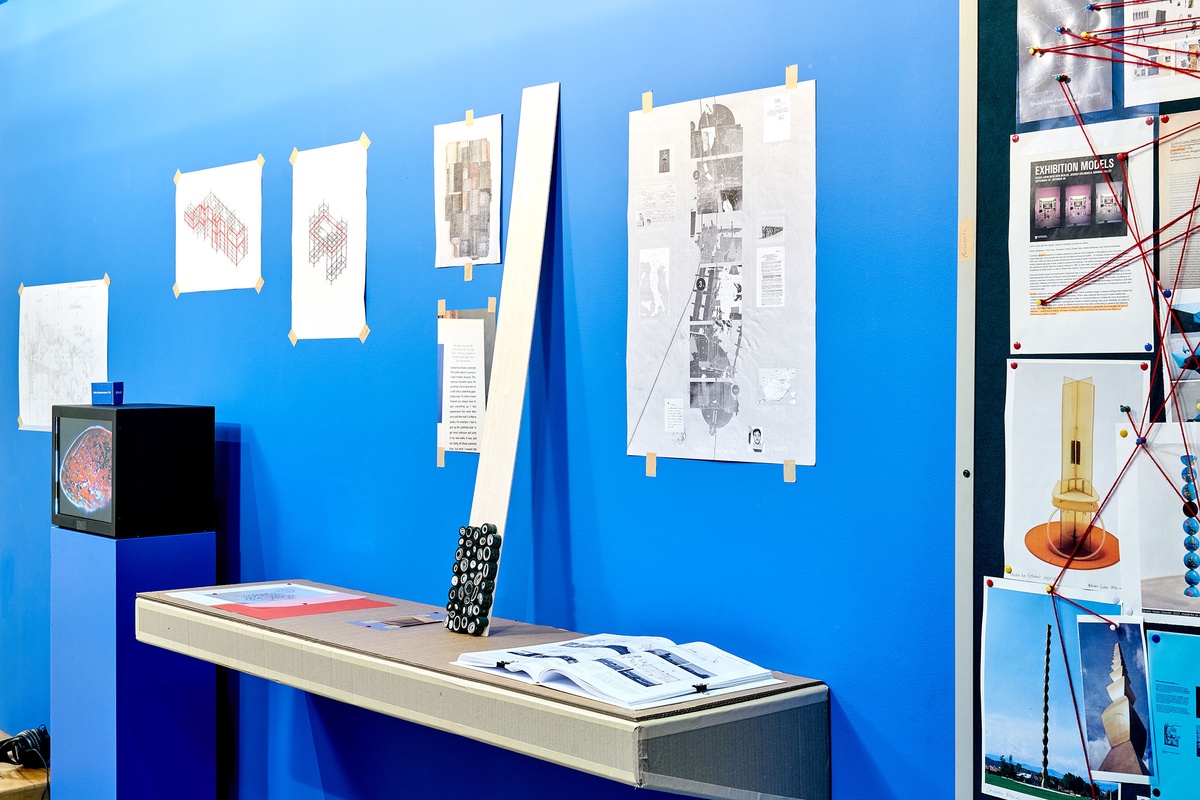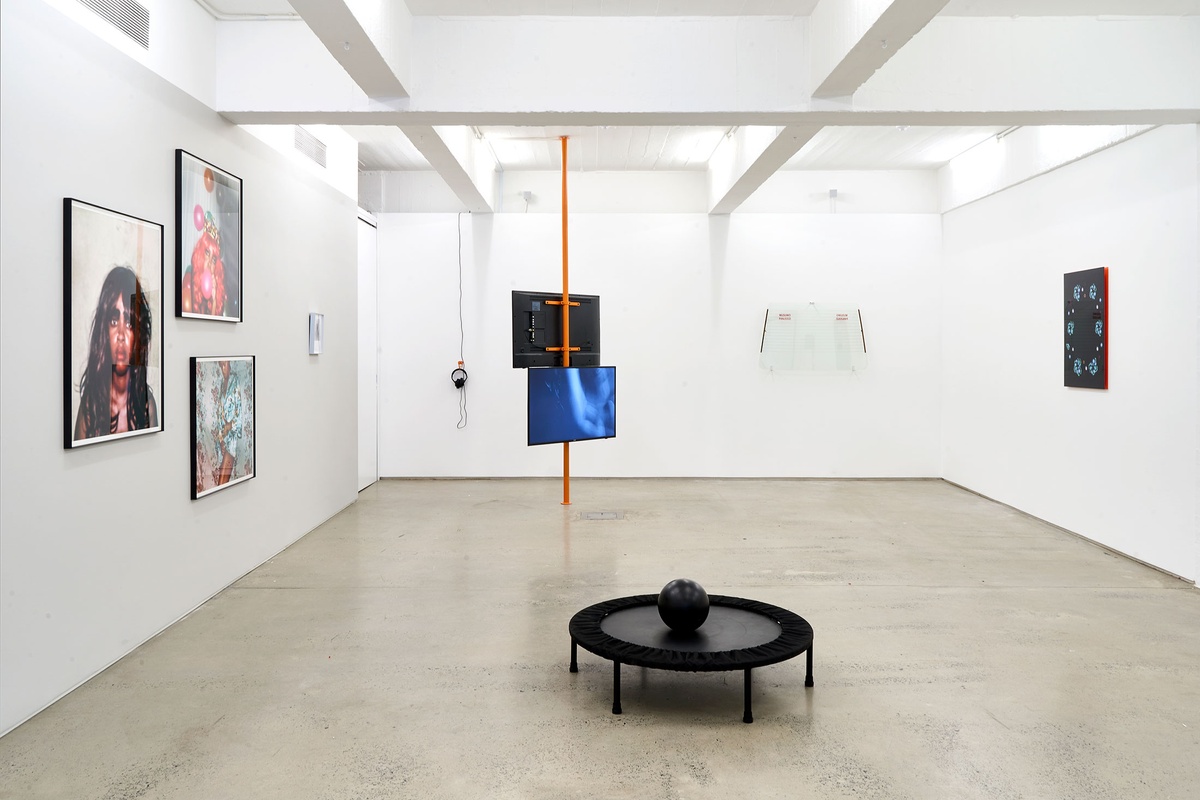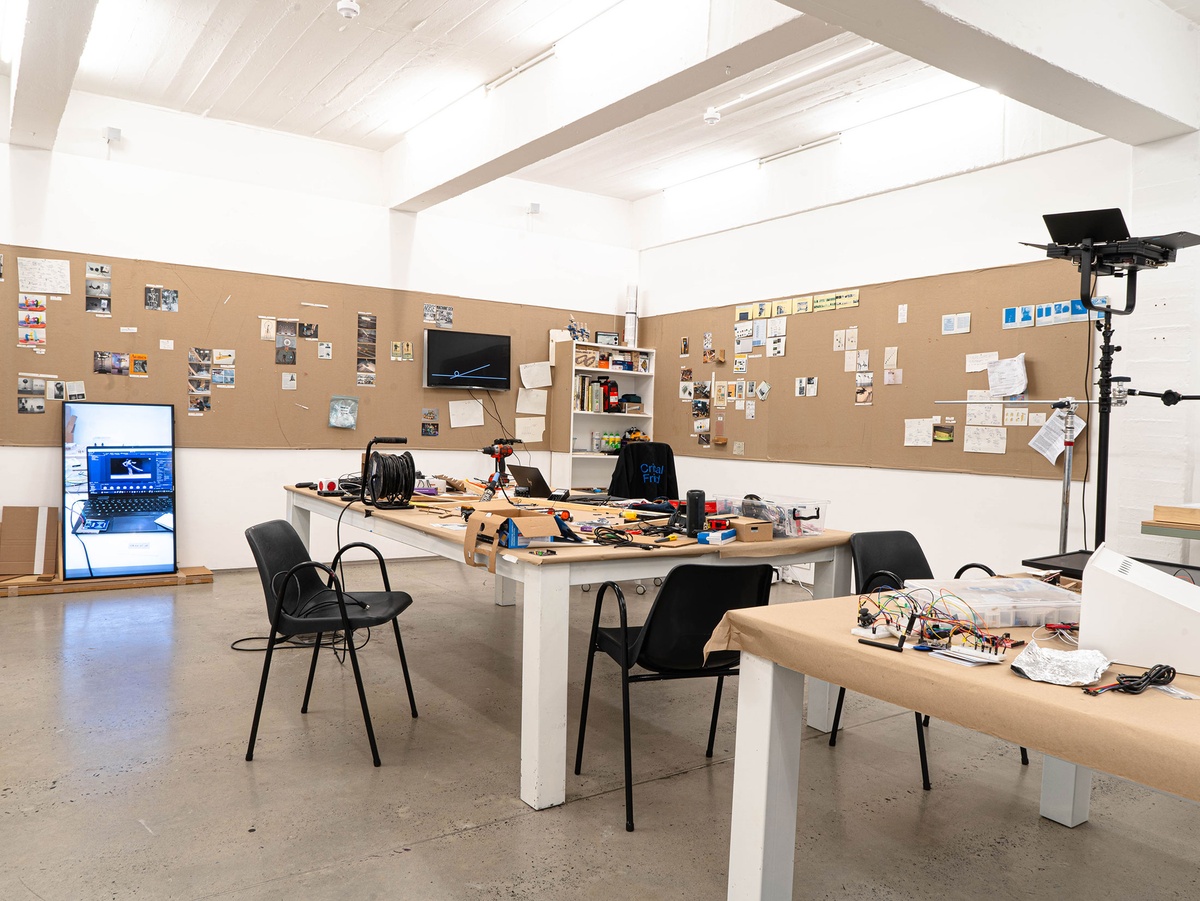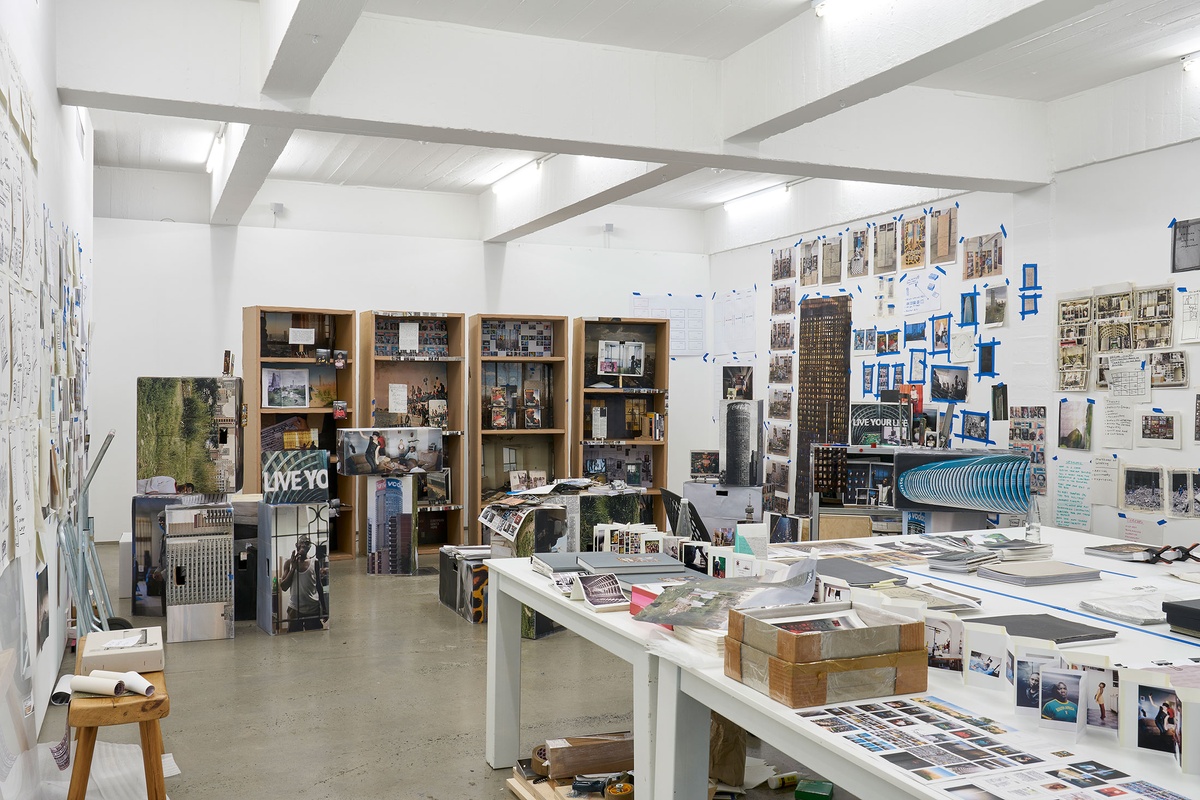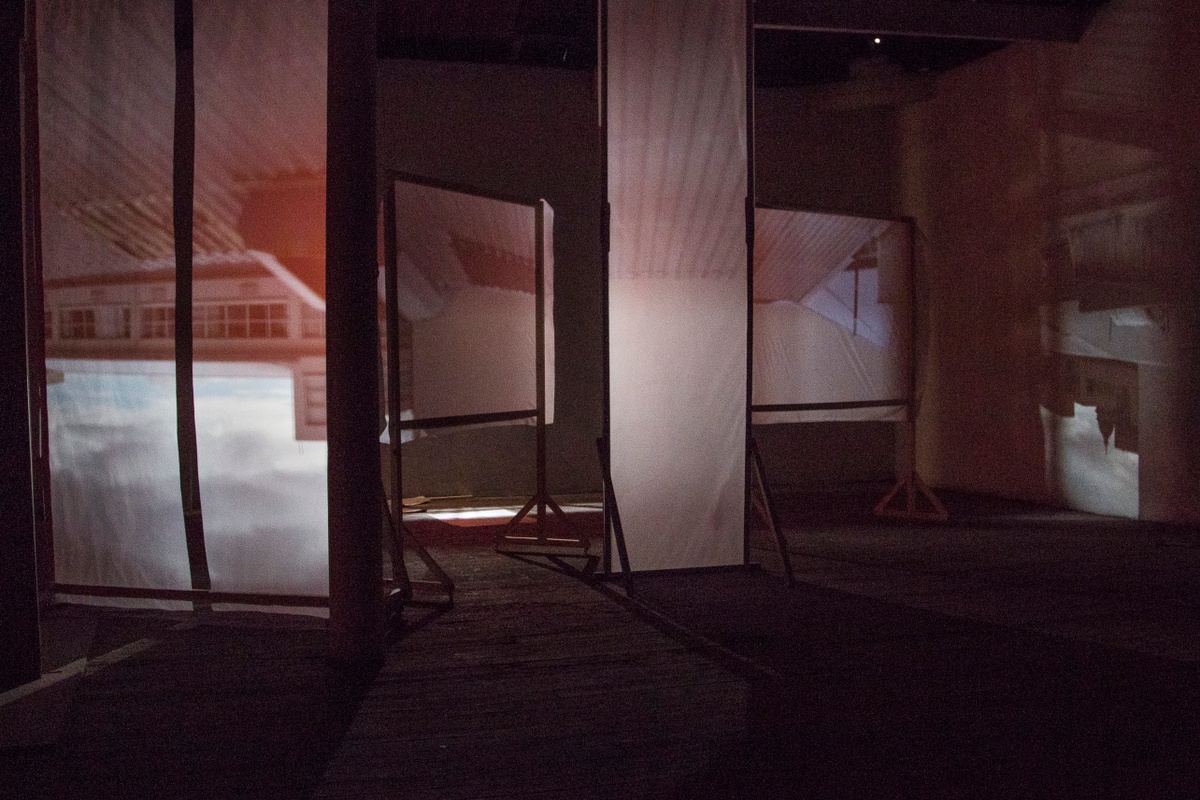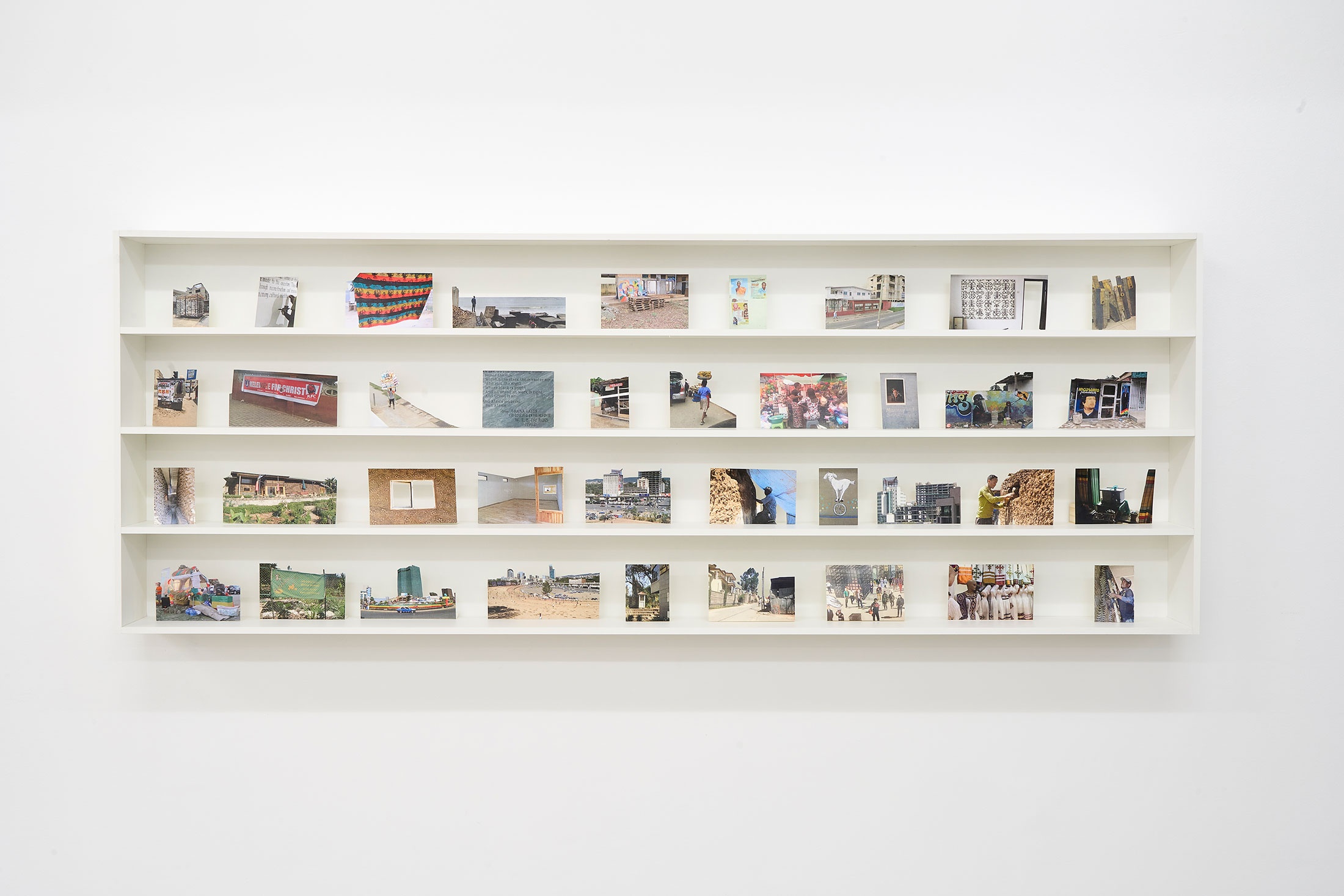
Convenor:
African Centre for Cities
Author:
Dr Kim Gurney
Guest Speaker:
Neo Muyanga
Introduction:
Edgar Pieterse
Catering:
Hoghouse
Panya Routes is published by Motto Books.
“As an artist does, I creatively appropriated the title from a signboard. It was on the exterior of another artist’s studio in Nairobi at the GoDown Arts Centre. He had handcrafted the signboard that was making fun of the highway code in Nairobi. It had various rules, and the fourth one was to use ‘panya routes’ to avoid the law. I thought: how would you avoid the law through a panya route? It turns out that it's a back route, a get-around route. The literal meaning is a rat route, so it's a slippery route, a sideways route… You need to be a nimble shapeshifter to travel a panya route, so it suits the book because the book speaks about the self-assembled routes that these independent art spaces make and take. It's about dirt, yourself, and infrastructure building.
The title is also a provocation because I wanted to use one that was a little unknown. The principle of not getting it the first time around, a little bit of perplexity, is okay. And unknown to whom? It’s playing with those premises. It’s not unknown to everybody – it’s a term with which some people won't be familiar, and other people will.
It's also contested. It means something a little bit different in different geographies. When I put the notice for the book out, a friend of mine from Nigeria said that his father used to use the term to mean going fishing. It’s anything that's under the radar. The panya route doesn't necessarily stay a panya route. It can also become the official route, it can become more mainstream over time.” – Kim Gurney in conversation with Neo Muyanga at the launch of Panya Routes at A4 Arts Foundation
The launch included an installation of images from the book. A4’s team rendered these pop-up shapes in the Reading Room.
Panya Routes is thanks to the African Centre for Cities and published by Motto Books. Kim Gurney’s August House is Dead, Long Live August House! The Story of a Johannesburg Atelier and The Art of Public Space: Curating and Re-imagining the Ephemeral City similarly extend considerations on urban arts ecologies on the continent.
–
A4's Reading Room is an adaptable space attached to A4's Library and Archive. Intended to solve for form depending on its required function, it is at once a book-ish environment for reading and contemplation and a place to unpack artists' archives. The Reading Room's inter-leading doors become walls when locked to create a stand-alone spatial research studio that hosts residents and practices site-specific work that most-often is connected to packing and unpacking projects as a form of research.
